Get Your Camera Moving—Zooming In
Camera shots in motion are dynamic and fluid. They can follow the action with the velocity of a train or move as slow as a turtle, pulling back to reveal something shocking. Moving shots mimic the way our eyes follow what’s happening, and are the most powerful way writers can lead a reader to notice the things she wants noticed. The right choice of a moving shot will effect pacing and tension, and with the right moving shots, the high moment of a scene will be supercharged with power.
An Important Distinction
It’s important to keep in mind the distinction between a movie and a novel when it comes to the moving camera. In a novel, the POV character is the camera, and so the way the scene is “shot” through the character’s eyes mimics the various camera shots. It’s more about the attention and focus rather than the literal movement. A character doesn’t need to walk closer to something to zoom in. Neither does he have to run along a road to be panning the action being observed as he’s watching the killer get away. These “camera shots” can be happening all in his head while he is physically stationary.
In addition, we’ll explore the more figurative use of moving shots—functioning more as metaphor. Novelists have a wonderful medium in which to translate moving shots into powerful prose.
Introducing the Zoom
Zooming in to look at something close up is a natural behavior. We do it all the time, every day. For those of us who regularly misplace our glasses, we may zoom in especially close to an object to see it clearly. We zoom into maps on the Internet to get a better idea of where we are going. So too with the Zoom shot in screenplays. There is no better way to tell a viewer to watch closely than to zoom in.
The purpose of a Zoom Shot is to progressively change the emphasis of the focus on something previously unseen or unnoticed so that it now becomes the key element of the segment, to the exclusion of other, outside competing elements.
Many writers set up their “camera” in one spot and never move it. Even with their camera stuck in place, they may have a powerful scene. But how much more charged would some of these static scenes be if the writer deliberately used a Zoom shot to call attention to something important. If we want to take our scenes from ordinary to extraordinary, we need to supercharge them by utilizing dynamic technique, and using a Zoom is one great way to do so.
Larger Than Life
In screenwriting, the camera shot Zoom really mean to make something larger than life-size, and students of cinematography are told not to mistake a Zoom with a Push In, indicating the camera is to move closer to an object. There are also many ways cameramen (and women) can get closer to the action, using such things as dolly shots (a camera mounted on a moving dolly), tracking shots, and handheld cameras like the Steadicam. However, for fiction writing purposes, I’m not going to differentiate or get too specific, for if a character in a novel draws close to an object or person to see it close up, how can the reader know that the POV character is seeing something larger than life or that a dolly shot is being used instead of a Steadicam?
Sure, by the minute detail she notices, like a speck on a contact lens, the reader might get that sense, but for all intents and purposes, it’s not important to differentiate. So we’ll just use Zoom for the overall moving of a camera in close to its target. You can make the distinction in your scene just how close by what kinds of details your character notices.
Don’t Underestimate the Power of the Zoom
Zoom shots are powerful. I personally love using Zoom and Pull Back (the opposite, which we’ll cover after the Zoom) more than any other shots. Why? Because they are so dynamic. How better to pinpoint exactly what you want the reader to notice than by zooming in? Although a Close Shot can do the same, the fact that the camera is moving toward the object you want the reader to notice builds tension.
Think about it. You can either cut to the dead body lying on the kitchen floor, or you can start with your character at the threshold of the door, with a Long Shot, seeing something that looks like blood on the tile. Then as she inches closer, the camera pans (i.e., your character nervously looking around to see if anyone is there), and then zooms in on the body, getting closer and closer, seeing more and more detail, until your character sees who it is and screams. Or something like that.
Next week we’ll look at some great examples of Zoom.
This week, look through some novels or think about the novel you’re working on. Notice any scenes in which the camera is moving in closer and closer and you’re seeing more and more detail? Why is this important to the scene? Think of a scene in your WIP in which you want to build tension and slowly reveal a key bit of information. Can you start with your “camera” further away, then move in close as your character reacts? Share any thoughts or scenes you felt showed an effective use in a scene from a novel you love.


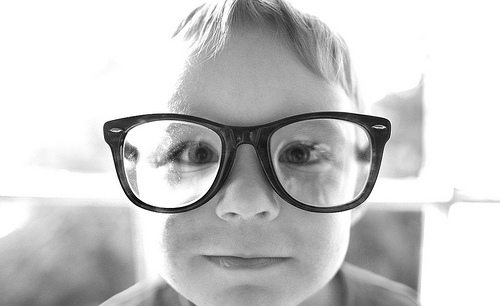
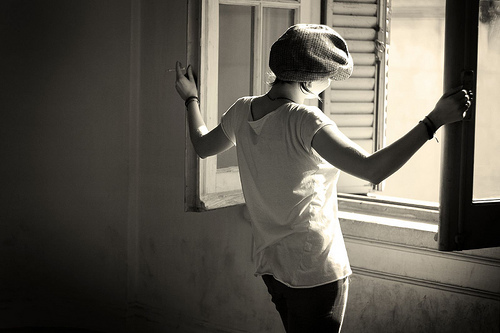
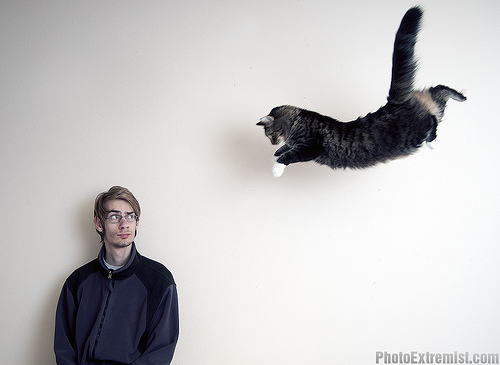

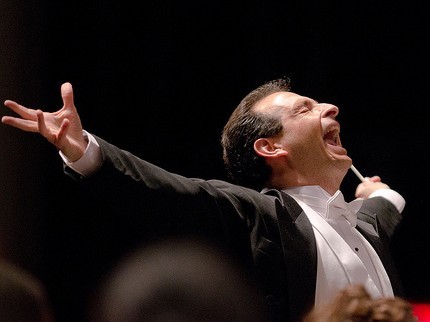
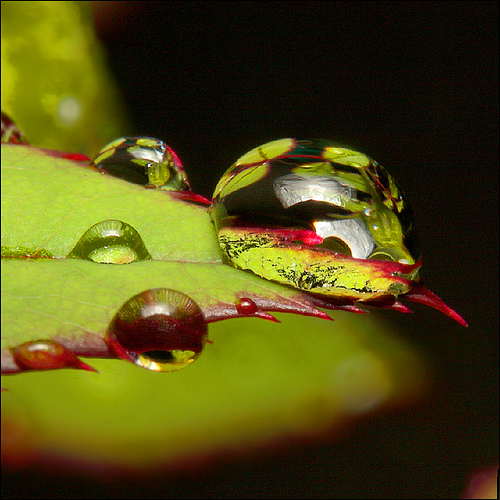




As writers, we get so immersed in our wip that it is hard to refocus, so to speak on our characters and the arc of the plot. This is a fabulous way to reconsider scenes, and I thank you for addressing it.
Just started reading this series. I was convinced that this series was on writing screenplays(for some reason) so I kept looking over it. Glad I decided to give it a chance.
This is great. It’s similar to a technique I use in my writing workshops with kids called, “Be a binocular.” I pass a binocular around and have kids zero in a particular detail in the room or outside. I try to show them how zooming in on a specific detail can add to the scene, especially when you are describing a common place such as a beach or shopping mall.